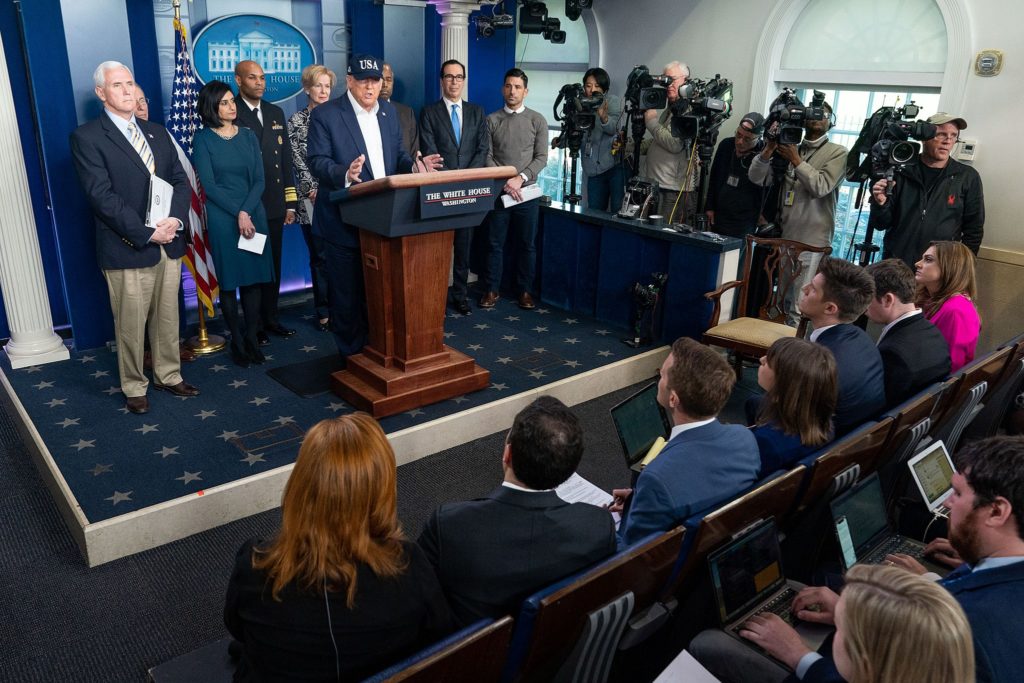Dealing With The Press In A Social Media Crisis (Part 2)
Editor’s note: Brad Phillips is taking two weeks off to celebrate the arrival of his new son. This is the second part of a guest post by crisis communication professional Melissa Agnes. Part one dealt with communicating with the media through your employees during a crisis; today’s post deals with communicating with the media through social media during a crisis.
The first thing I want to address is time.
Make no mistake about it. Today, it’s all about speed with the majority of reporters—and people in general. Unfortunately, often, if you don’t meet their need for speed, they’ll turn to get their answers elsewhere. Again unfortunately, that elsewhere will most likely be a place that you have little to no control over. However, even with this in mind, it is NOT in your best interest to start shouting out answers to questions, or commenting on events taking place before your crisis team has had the chance to establish the real answers to those questions. Although this needs to be done in the least amount of time possible, releasing important information before it has fully been assessed can come back to bite you.
Mistakes such as declaring a wrong total number of deaths, or worse, declaring the names of deceased who are not actually deceased, are extreme examples of what mistakes have been made when brands feel rushed into releasing important news or updates to the public or the press in a crisis, before they’re truly ready to do so. Not a fun mistake to be made.
So, that said, it’s important to be aware of the timeline pressures the press imposes on you in a crisis and to be careful not to succumb to them by sticking your own foot in your mouth. A good way to buy your team (a short amount of) time is by releasing your “first response.”
Here are some guidelines to follow when dealing with the press in a social media crisis:
- As soon as you become aware of the crisis, clearly state on your channels that you’re aware of the situation, that you’re looking into it and that everyone can expect to hear directly from YOU the second you know more. Also known as your first response strategy, this will help in buying you time to grasp the situation.
- Update the press and public on all channels seeking info or talking about the crisis in regular intervals. Even if you have no new news to report, let them know this. Every 30 to 60 minutes is a good time-interval for consistent updates.
- Monitor the online discussions and respond where necessary. Refer people to your channels for updates and do your best to intercept the rumors or speculations before they escalate or begin to go viral.
But what about when the press begins to actually tweet, Facebook and/or blog about your crisis?
1. Monitor their reports to make sure they’re accurate
2. Offer them an interview with the spokesperson assigned to the crisis
3. Refer them and their audience to the channels on which you are dedicated to releasing timely updates
4. Comment on their blog and Facebook posts, with the right tone, and provide links to more detailed explanations or official statements published by your brand
5. When possible, move the discussion back to a platform that you have control over, i.e. your Facebook page, your blog, etc.
6. Keep the discussion two-way and keep providing real-time updates in consistent intervals so as to keep audiences coming back to YOU.
What about you? What tips and lessons have you learned when dealing with the press during a social media crisis, or a crisis of any kind? Share your experiences below!
Melissa Agnes, president of Melissa Agnes Crisis Management, is a specialist in social media crises and online reputation management. She also writes a daily blog on the subject of online crisis management. You can connect with her on Twitter and LinkedIn.



